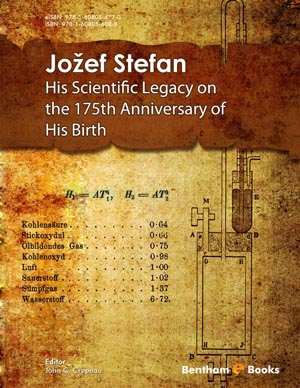Abstract
This chapter focuses on the movie Ulysses’ Gaze-To Vlemma tou Odyssea
(1995) by renowned Greek director Theodoros Angelopoulos. It was shot during the
Yugoslavian War. While depicting the socio-political climate of the late 1990s Europe,
the aftermath of the Cold War, and the falling communist ideology in the Balkans;
Angelopoulos develops a traversal narrative of the Balkan region and portrays the
multicultural structure and the shared history of the region. Looking at the last hundred
years of the territory, Angelopoulos blurs the line between the past and the present
conditions by reconstructing a selected perspective of time-space, while highlighting
the ever-changing faith and unrest in the region over the ages. More concretely, the
movie depicts the fictive journey of protagonist A, a movie director coming home from
his exile in the US for a film screening, to find three undeveloped roles of the Manaki
Brothers, starting from Thessaloniki and moving through Sarajevo. This journey is
dismantled by elaborating the notions of anastylosis and ritournelle-refrain, which are
used as the methodology of the film. The key scenes of the journey are also dismantled
sequentially to reflect the systematic representation and repeating scheme of
Angelopoulos in developing the visual narrative via key actions, characters, spaces, and
ambiance, as well as feelings.








